Located in the Patagonia region of Chile, Torres del Paine is a remote national park. Although the park is most famous for the small mountain range – the Cordillera del Paine — located near its center, it also provides visitors with the chance to see remarkable wildlife.
Below, we’ll explain some of the most notable wildlife species you may encounter within the park. We’ll also provide a few tips for seeing as many different species as possible.
Wild Cousins of the Llama: Guanacos
Guanacos are some of the most commonly seen mammals in Torres del Paine.
Guanacos are members of the same biological family that includes camels, alpacas and llamas. They’re the smallest members of the group, but they still reach respectable sizes. The largest individuals may weigh more than 300 pounds.

Guanacos are social animals, who live in small herds comprised of several females, their offspring and a single male. Bachelor males live in small groups that contain no female members. As the young offspring approach maturity, the male of the herd will drive young males away.
Guanacos typically inhabit wide-open habitats that offer few places for the animals to hide from predators. Consequently, they primarily rely on their impressive running speed to avoid the predators who prowl Torres del Paine National Park.
Rheas: South America’s Version of the Ostrich
Rheas are large, flightless birds that inhabit Torres del Paine National Park.
Biologists recognize two species of rhea: the greater rhea and Darwin’s rhea. However, only one species – Darwin’s rhea – lives inside the park’s borders. Despite being smaller than their cousins, Darwin’s rheas are large birds, who occasionally exceed 60 pounds in weight.
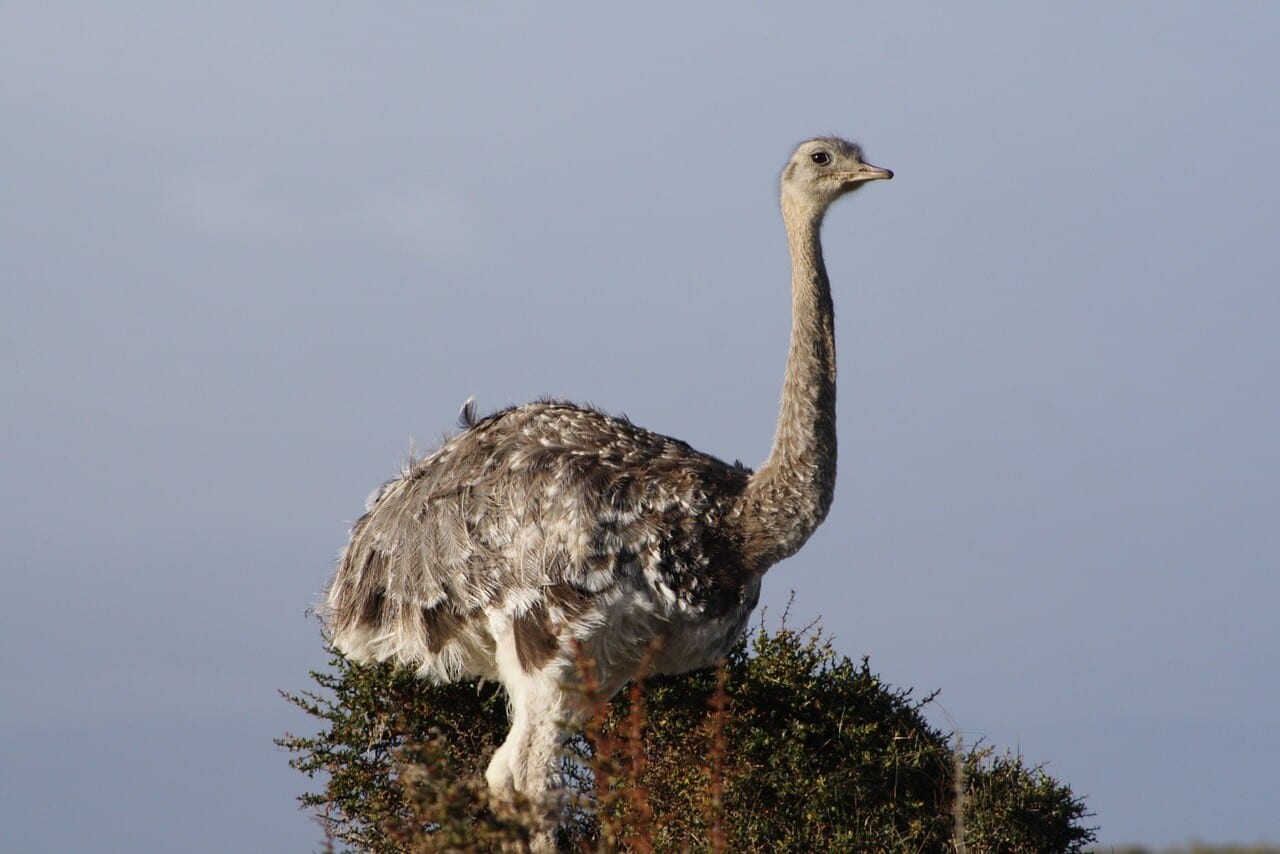
Darwin’s rhea, like most other large, flightless birds, primarily subsists on vegetation. However, they will eat small lizards, snakes and invertebrates, particularly while they are young. Male rheas provide most of the parental care during the egg-incubation process. Interestingly, female rheas deposit their eggs outside of the nest. The male then moves the eggs inside the nest once deposited.
The Darwin’s rhea is named after the famous naturalist Charles Darwin. In fact, these birds served as inspiration for some parts of his theory of natural selection.
Birds of Prey
Several predatory birds breed in the savannas and plains of Torres del Paine.
Darwin’s rhea may be the largest bird in Torres del Paine, but it isn’t the only species that reaches impressive sizes — several impressive birds of prey also hunt in and around the park.

The Chilean blue eagle, for example, hunts along the high mountain peaks of the park. On the other hand, the lesser horned owl more commonly patrols the scattered forests and vast fields of the region. The southern crested caracara also lives in and around Torres del Paine, where it scavenges dead animals and hunts small prey. Some caracaras steal captured prey from other predators.
But while all of these birds are fascinating species, none are as spectacular as the Andean condor. Graced with a 10-foot wingspan, these large birds spend hours soaring high above the park, seeking dead and dying animals. The Andean condor’s numbers have plummeted over the last century, but the species is still relatively common in Torres del Paine.
Large Predators: Two Important Mammals that Hunt within the Park
Torres del Paine’s native pumas and gray foxes help keep prey populations in check.
The puma – also known as the mountain lion or cougar – is the largest non-human predator in Torres del Paine National Park. Weighing up to 225 pounds, pumas are large enough to tackle any prey species in the park, including the resident guanacos.
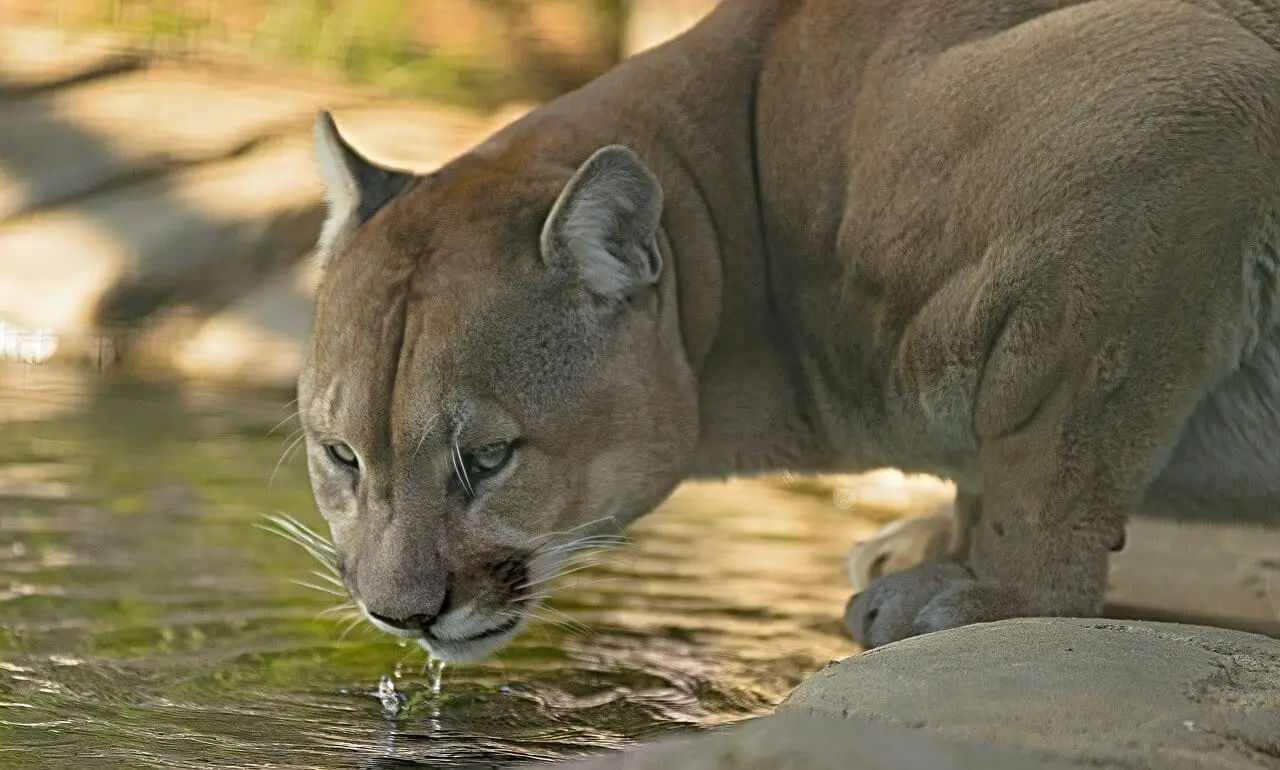
Red and gray foxes also inhabit Torres del Paine. The red fox is larger than the gray, but both species tend to hunt similar types of prey. Each species exhibits a different young-rearing strategy. Males red foxes will provide food for the growing young as well as their mother, who stays with them almost constantly. Gray foxes, on the other hand, tend to share the parenting duties more equitably.
Wildlife Viewing Tips: Making the Most of Your Torres del Paine Adventure
Employ the following tips to help maximize your wildlife-viewing opportunities
Torres del Paine offers excellent wildlife-viewing opportunities, but that doesn’t mean the animals will make things easy on you. You’ll simply need to be patient, persevere in your efforts, and embrace the following tips to give yourself the best chance at seeing a variety of species.
- Travel in small groups when seeking wildlife. Although you don’t want to set off in search of wildlife by yourself, you’ll have much better luck getting close to wild animals if you travel with only a few companions, rather than an entire tour group.
- Watch for animals at all times of the day. Different species become active at different times of the day. For example, guanacos and other large mammals are typically easiest to see in the morning. By contrast, you’ll have the best chance of seeing Chilean blue eagles and condors at midday. Foxes and owls are most active at night, so make sure you spend some time looking for wild animals by moonlight during your visit.
- Pay attention to wind direction. Many warry species will quickly flee if they note your presence, so do your best to remain quiet and move slowly. However, you must also consider your scent – many animals rely heavily on their nose to detect danger. Just do your best to stay downwind of the animals you are trying to approach, and you’ll find it easier to get close enough for fantastic photographs.
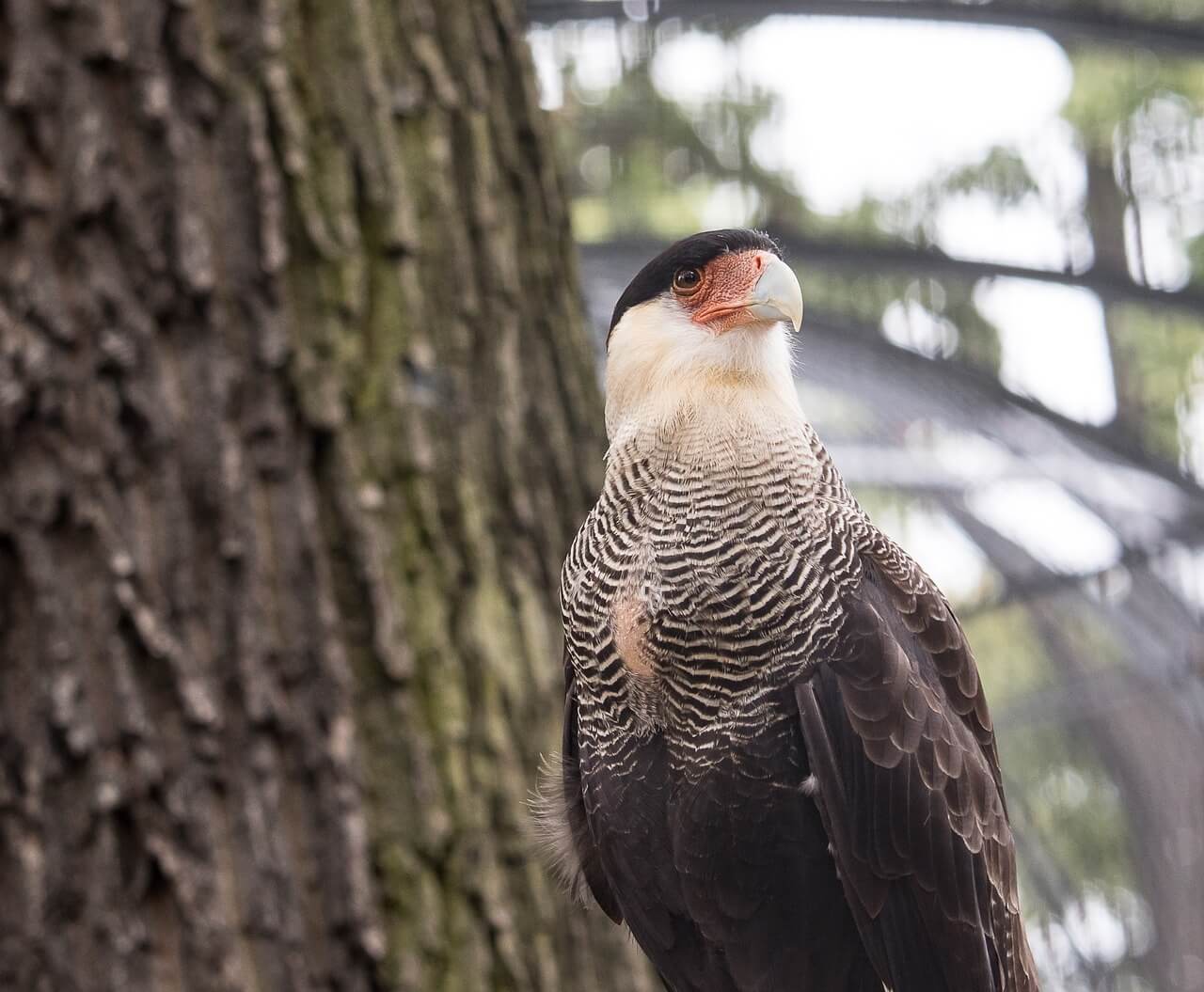
Torres del Paine National Park is not an easy park to reach, given its remote location. However, the area’s natural beauty and unique habitats will make it well worth the effort. Few other places in the world give you the chance to see unusual species like the guanaco, or so many birds of prey.
Have you ever visited Torres del Paine? We’d love to hear about your experiences and the wildlife you encountered. Tell us all about your trip in the comments below.



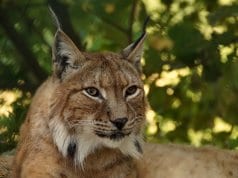
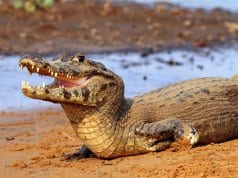
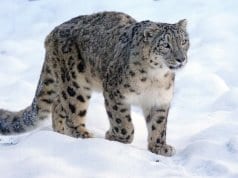
![Red Angus Closeup of a beautiful Red Angus cowPhoto by: U.S. Department of Agriculture [pubic domain]https://creativecommons.org/licenses/by/2.0/](https://animals.net/wp-content/uploads/2020/03/Red-Angus-4-100x75.jpg)

